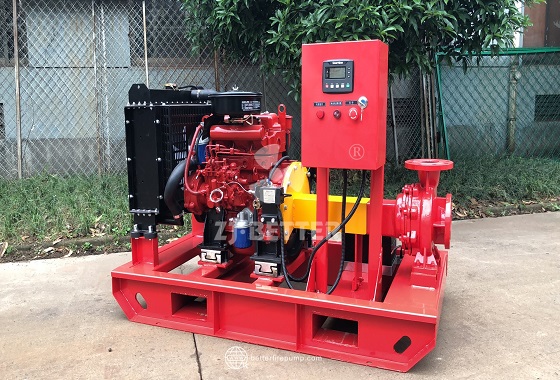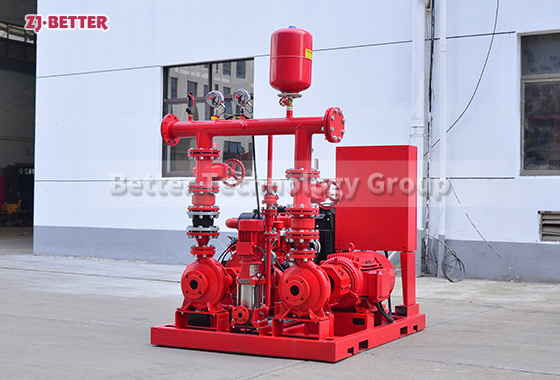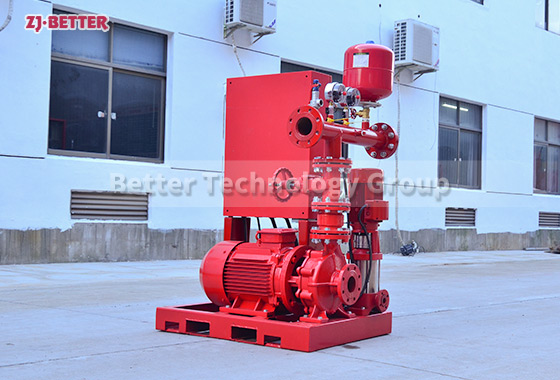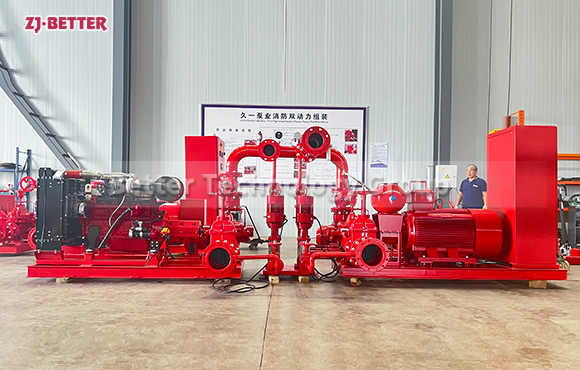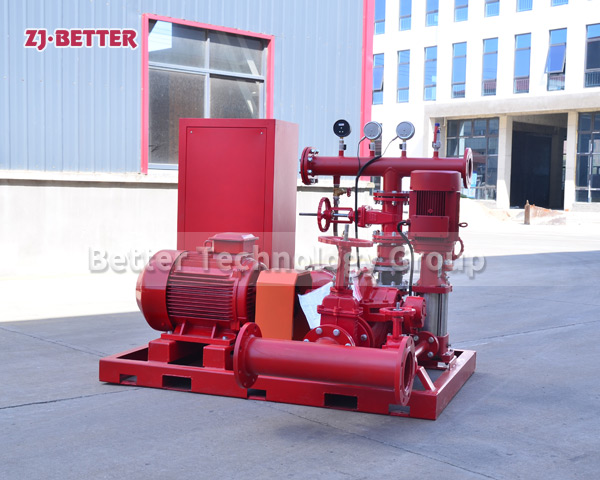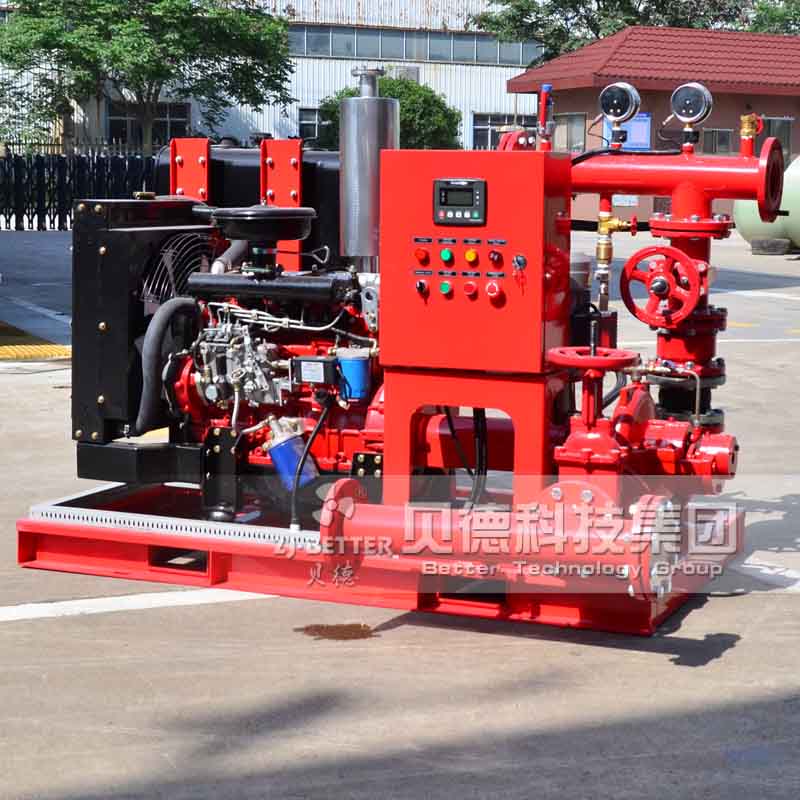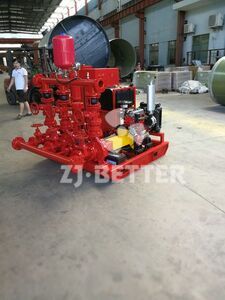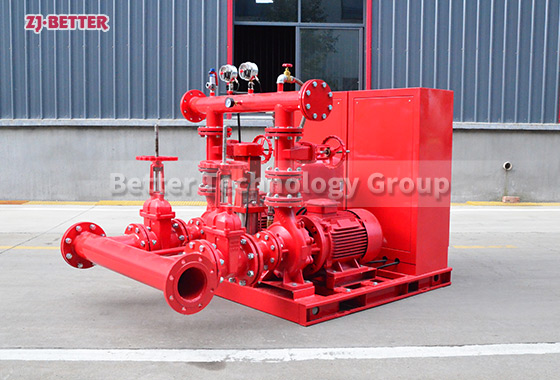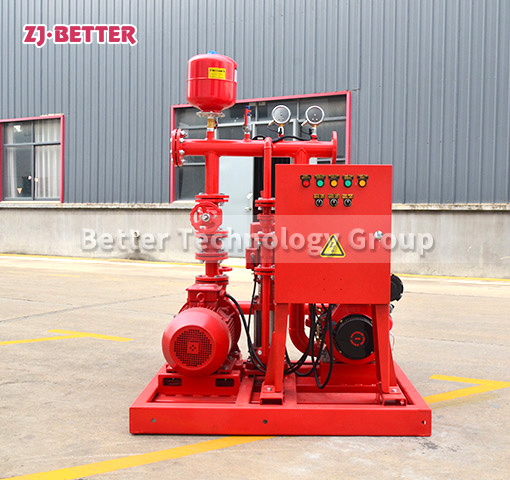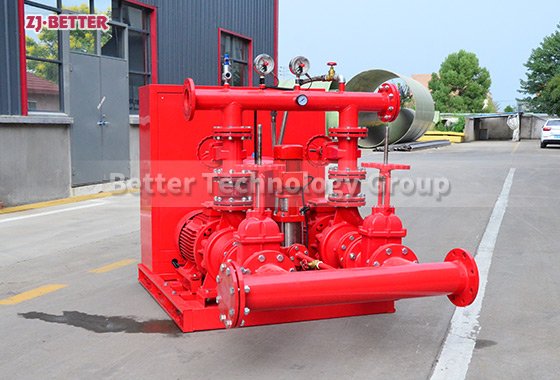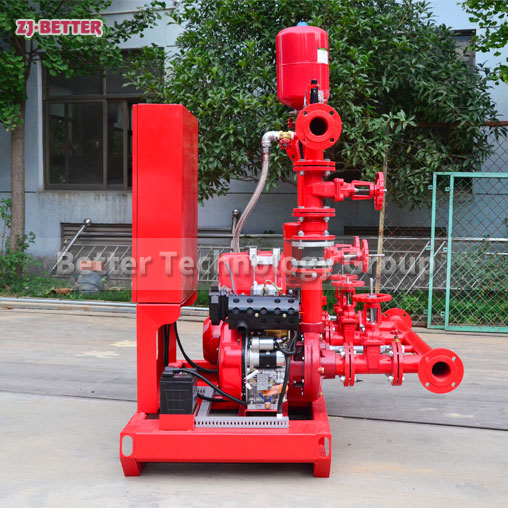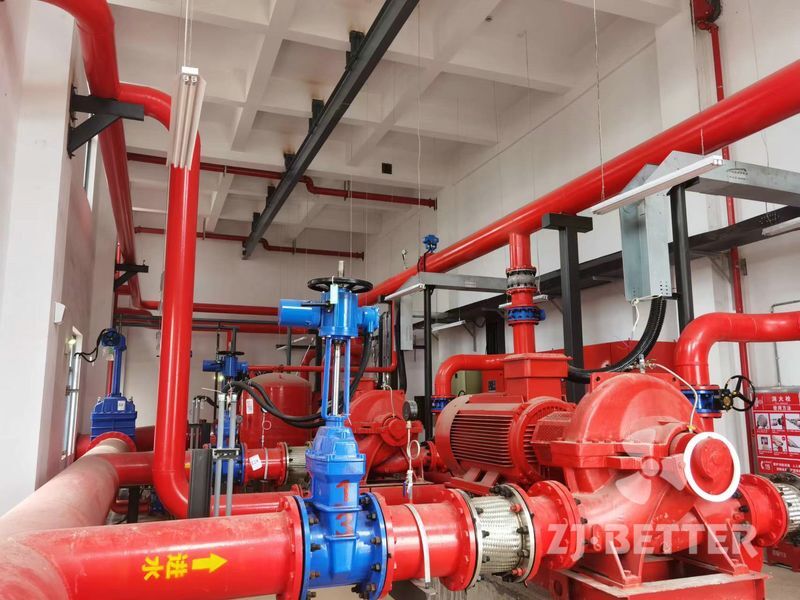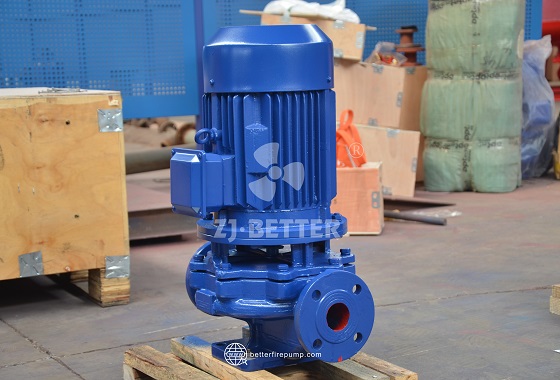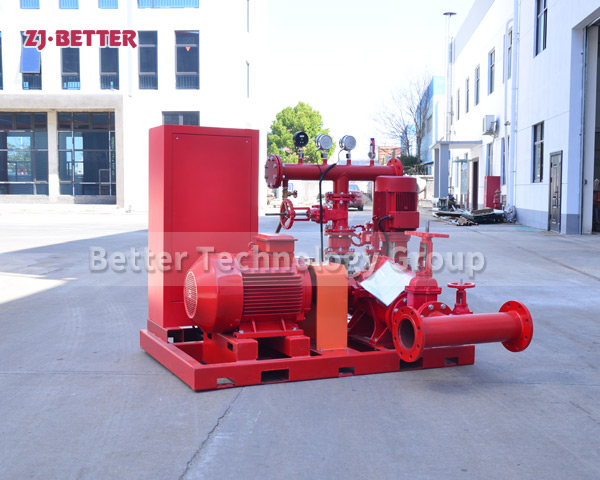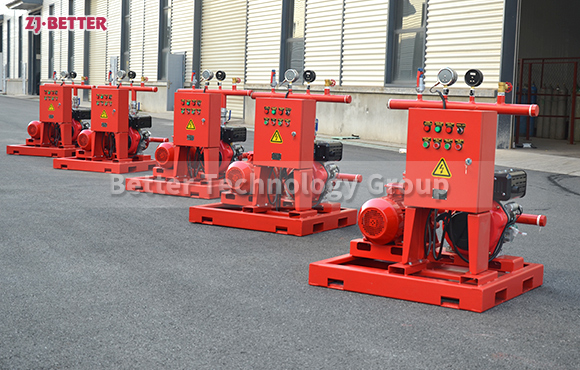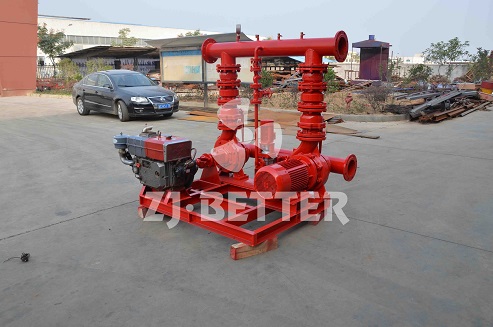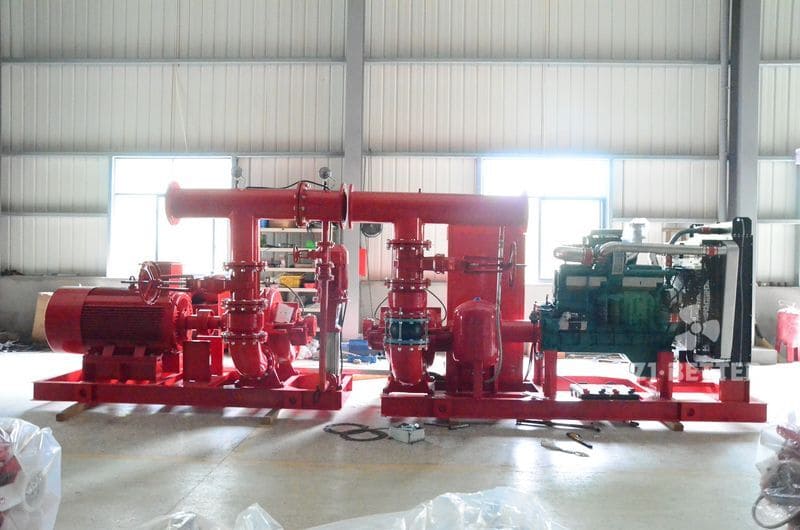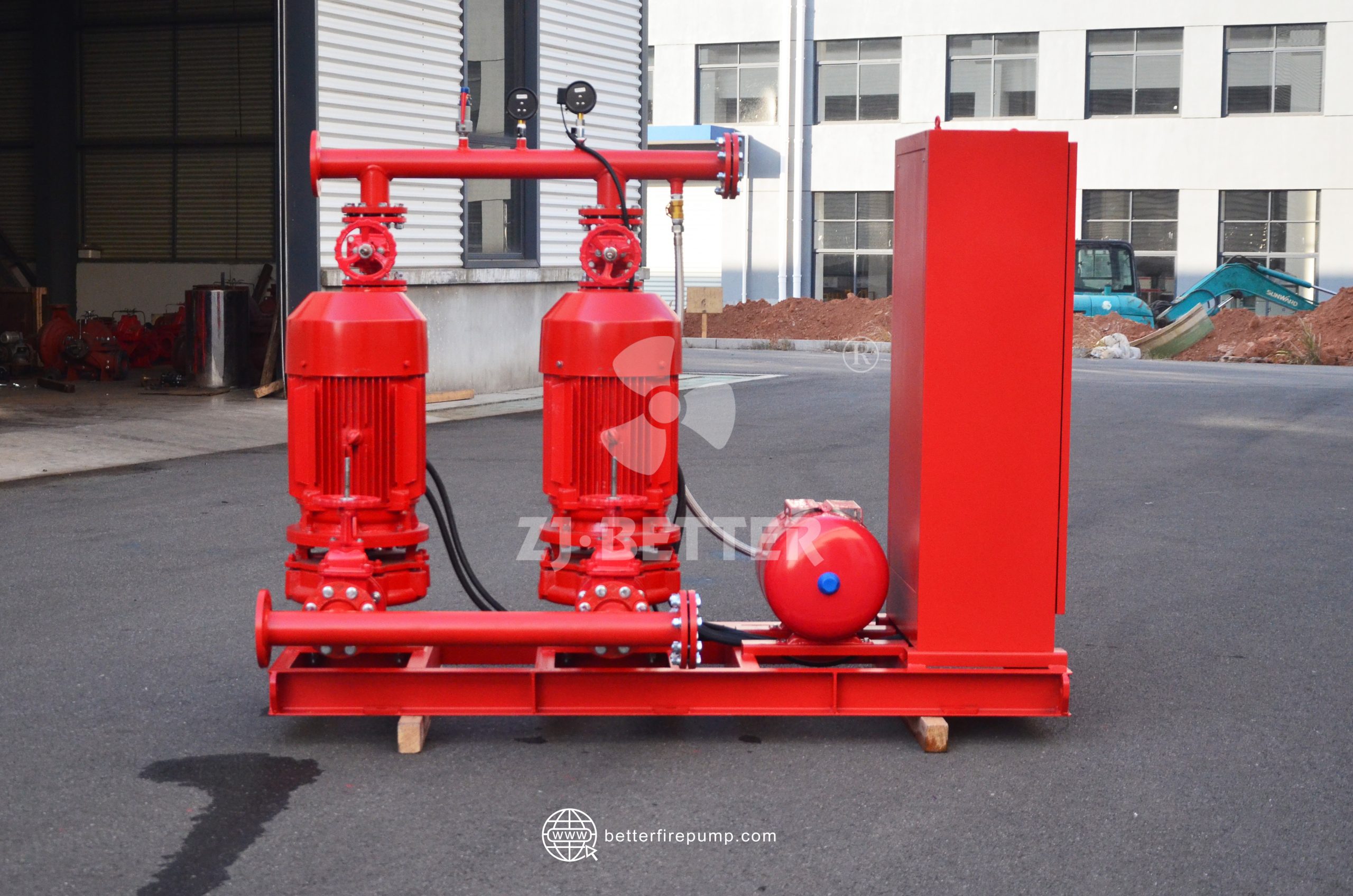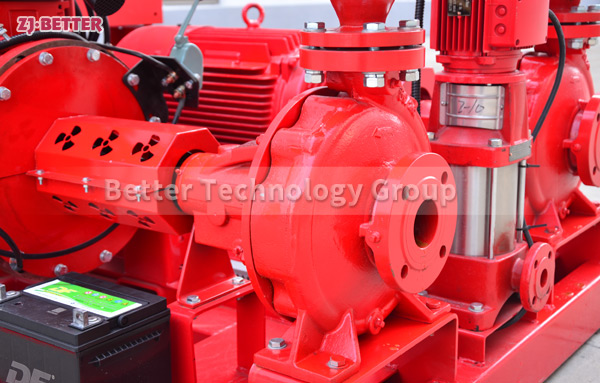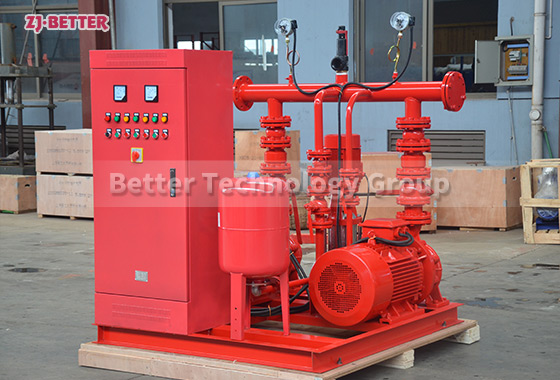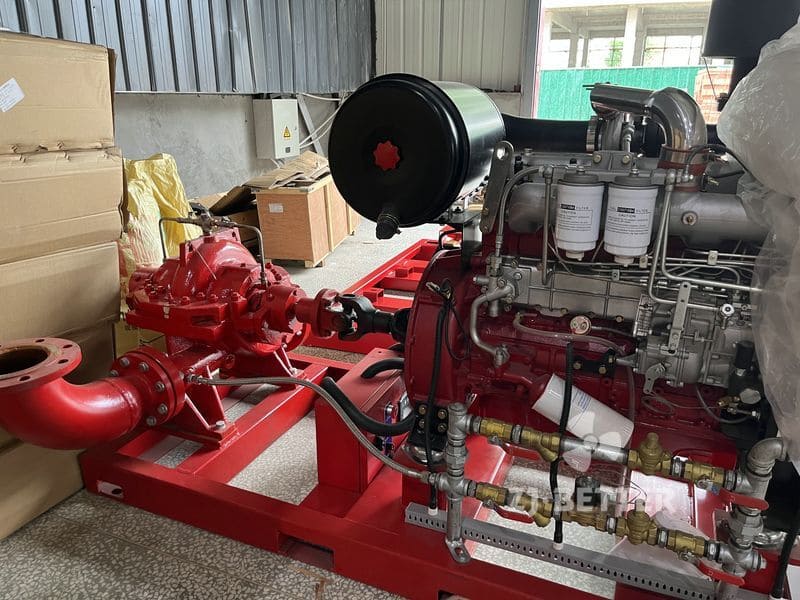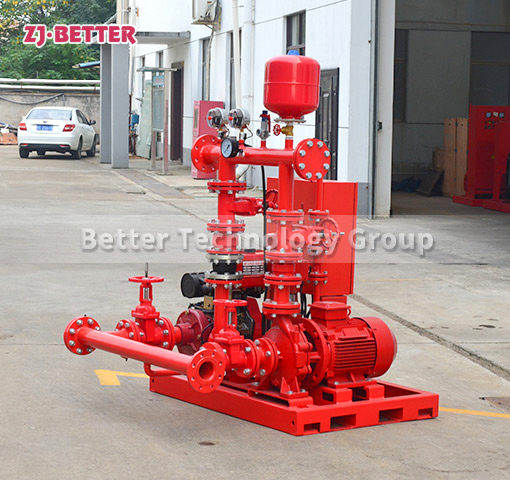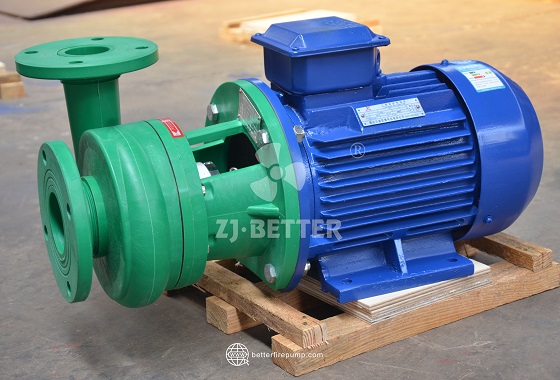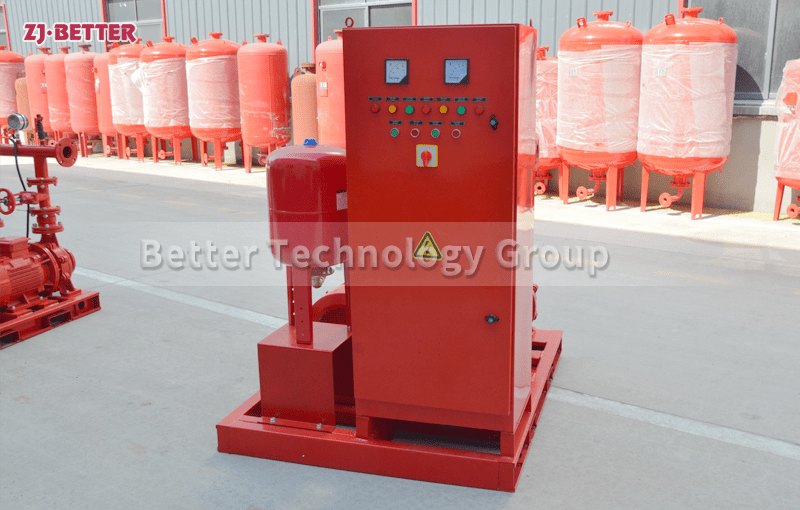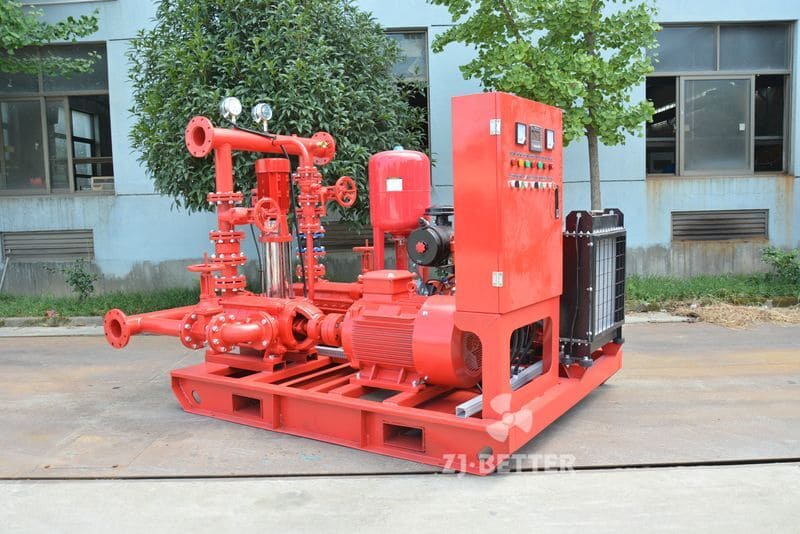From Structure to Performance: Top 5 Benefits of the Diesel-Electric Fire Pump Unit
The diesel-electric integrated fire pump, designed for continuous firewater supply during emergencies. It features dual power (diesel and electric), smart controls, compact structure, durable materials, and broad industry applications—ideal for buildings, factories, and petrochemical facilities.
As the demand for advanced fire protection systems rises across buildings, factories, and infrastructure, the diesel-electric integrated fire pump stands out for its reliability and versatility. Combining the strengths of both diesel and electric power, this unit ensures uninterrupted water supply even during power outages. Below are its five major advantages:
1.Dual Power Drive for Enhanced Reliability
Equipped with both an electric motor and a diesel engine, it automatically switches to diesel power during electrical failures, ensuring uninterrupted firewater delivery in emergencies.
2.Smart Control Panel for Easy Operation
Features a modern control system with auto start/stop, fault alarms, and remote monitoring capabilities, making both on-site and off-site management simple and efficient.
3.Compact Design for Space Efficiency
The integrated skid-mounted structure is compact and clean, ideal for areas with limited installation space. It also allows for convenient transportation and rapid on-site setup.
4.Durable Materials and High-Quality Components
Built using corrosion-resistant and high-strength materials, this unit ensures long-term operation with minimal maintenance, reducing overall lifecycle costs.
5.Wide Application Across Various Industries
Perfectly suited for high-rise buildings, industrial plants, warehouses, petrochemical sites, and more, this unit is a preferred choice for many fire protection applications.
This diesel-electric fire pump unit combines mature technology with adaptability, making it a powerful asset in upgrading any fire safety system.



